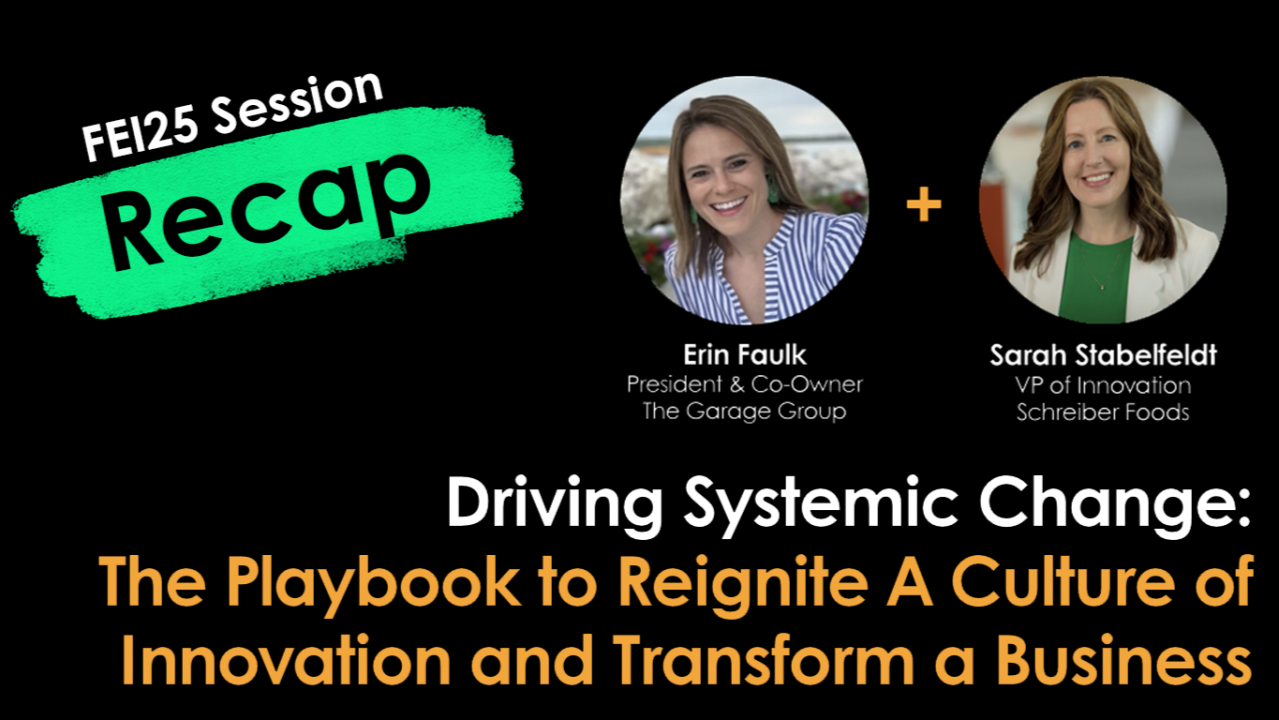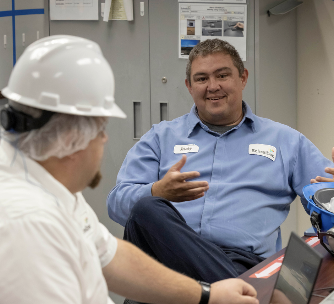Let’s be real for a second. We’ve all been there. You have a breakthrough idea. The consumer need is screaming at you. The team is fired up. You spend weeks polishing the perfect PowerPoint deck, walking into the boardroom ready to change the world… only to hit a wall of blank stares, skepticism, and the dreaded “let’s circle back next quarter.”
The typical consulting advice tells you that you just need a better pitch, a flashier prototype, or more charisma.
I’m here to tell you: It’s time to toss that playbook.
The Real Reason Great Ideas Die
After 25 years of living and breathing innovation inside major FMCG and corporate organizations, I’ve learned that if you are waiting until the final pitch to get buy-in, you’ve already lost.
Great innovation doesn’t die because the idea is flawed. It dies because the ecosystem wasn’t primed to receive it.
At The Hatchery, we don’t believe in “selling” ideas. We believe in building an evidence engine that makes “yes” the only logical conclusion. Here is how we flip the script on traditional buy-in, using a practical mash-up of Design Thinking, Jobs to be Done, and Agile discipline.
1. Get Buy-In on the Mandate, Not the Widget
Before you ever pitch a product, you need alignment on the playground. Most innovation fails because it solves a problem leadership doesn’t care about.
Don’t ask: “Can I have money for this cool new snack bar?” Ask: “Do we agree that we need to capture 5% growth in the ‘healthy on-the-go’ category to hit our strategic pillars?”
This is the Strategy piece. Secure the “hunting license” first. When you anchor your work in the organization’s strategic gaps (the “Job to be Done” for the business), you aren’t just a creative with a concept; you are a strategic asset solving a leadership headache.
2. Stop “Betting the Farm” (The Agile Shift)
Corporate immune systems attack big, risky price tags. If you ask for $2M to launch a product based on a gut feeling, you should get a “no.”
We need to move from “Big Bet” thinking to “Risk-Adjusted” learning. This is where your Agile mindset kicks in. Break the journey down.
- Don’t ask for the launch budget.
- Ask for the “Learning Budget.”
“I need $5k to run a 3-day sprint to validate if consumers even have this problem.” When you lower the ask, you lower the barrier to entry. You turn a terrifying leap of faith into a calculated, reversible step.
3. Replace “I Think” with “The Data Shows”
When innovation becomes a debate of opinions, the most senior voices in the room usually prevail. Evidence is the great equalizer. It shifts the conversation from “who thinks what” to “what the market is actually saying.”
This is where we use Design Thinking and rapid prototyping. Do not walk into a meeting with a concept on a slide. Walk in with:
- Videos of consumers struggling with the current solution.
- Results from a 24-hour landing page test.
- Feedback on a rough physical prototype.
When you bring the voice of the consumer into the room, you stop arguing about preferences and start discussing facts. You aren’t asking them to trust you; you’re asking them to trust the data.
4. The “No Surprises” Rule (Co-Creation)
The biggest mistake innovators make is the “Big Reveal.” They hide away in the lab for months and then unveil the masterpiece. This creates anxiety for stakeholders who feel out of the loop.
Treat your key stakeholders (Supply Chain, R&D, Sales) as co-creators, not judges. Involve them in the sprints. Let them see the messy middle. When they help lay the bricks, they won’t try to knock down the wall. By the time you get to the formal presentation, the heads should already be nodding.
The Bottom Line
Buy-in is not a single event. It is a structured, on-going campaign built on strategy and evidence. If you are tired of seeing great ideas stalled by red tape, or if you’ve been given the mandate to innovate but don’t know how to build the internal runway, The Hatchery is here to help. We do more than prepare presentations. We work alongside you to shape the right environment, guide your teams in collecting evidence, and create the momentum that keeps innovation moving forward.
Stop pitching. Start proving.




